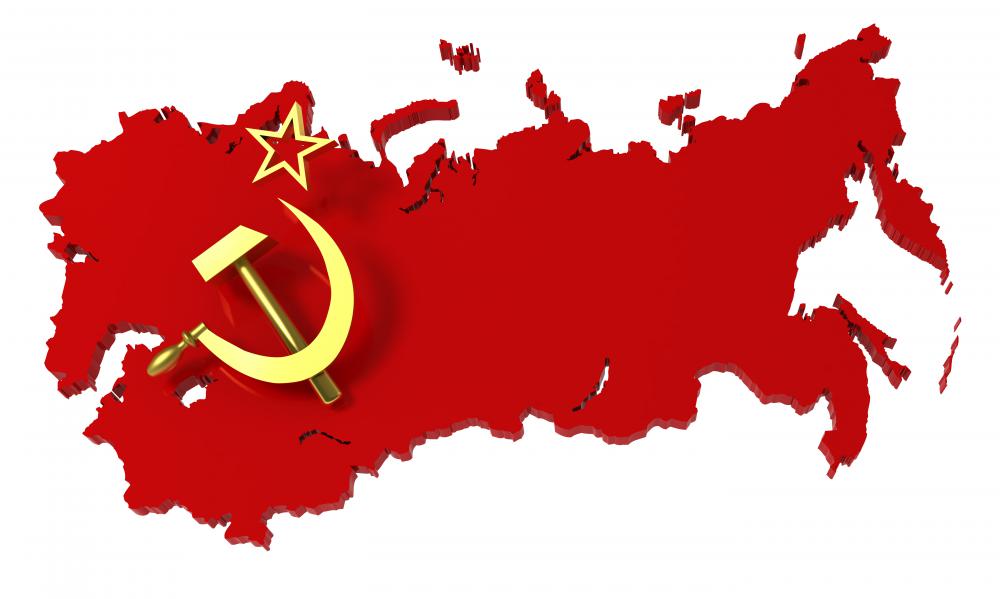At WiseGEEK, we're committed to delivering accurate, trustworthy information. Our expert-authored content is rigorously fact-checked and sourced from credible authorities. Discover how we uphold the highest standards in providing you with reliable knowledge.
What Was the Berlin Airlift?
The Berlin Airlift was an ingenious solution to a very serious supply problem during the Cold War. After the Second World War, Germany was divided up into several administrative districts by the French, British, Americans, and Russians. The Western half of the nation was administered by the Allies, and an Eastern half handled by the Russians. The city of Berlin was located in East Germany. However, Berlin was of such strategic importance that the city itself was divided into sectors as well.
The Western Allies and Russia had differing ideas on how Germany should be rebuilt. These differences often resulted in tension between them. In early 1948, the Russians decided to attempt to choke the Western nations out of Berlin by cutting off their access to supplies. They began by closing roads around Berlin, and then refused to allow supply trains to cross East Germany to reach Berlin. The civilian and military occupants of West Berlin faced a serious supply deficit.

Several solutions were proposed to the problem, including muscling into Berlin by force. However, it was feared that this could spark a war with Russia, and the idea of the Berlin Airlift came into being. The Berlin Airlift was proposed by Commander Sir Brian Robertson of Britain. Known as Operation Plainfare by the British and Operation Vittles by the Americans, the Berlin Airlift represented a huge cooperative effort between several nations. Over the period of the blockade, the Berlin Airlift moved over two million tons of food and supplies by plane.

At first, the Berlin Airlift did not look like a success. None of the cooperating nations had enough aircraft to meet the supply needs of West Berlin. They were also short on manpower. Flying into Berlin was severely dangerous, as there were limited flight paths available. Once pilots reached Berlin, they landed in one of three airports: Gatow, Tegel, or Tempelhof. The Western nations thought that the blockade would last only a few weeks, but ultimately, West Berlin was served for 15 months by the Berlin Airlift.

West Berlin required 1,534 tons of supplies a day so that citizens could cook, eat, and warm their homes. At the height of the Berlin Airlift, British and American pilots were landing aircraft in Berlin every three minutes, around the clock. While the first weeks of the Berlin Airlift were difficult, pilots and commanders grew accustomed to the pace and were able to make reliable deliveries to the people of West Berlin. Additional planes were added to ease the burden, and numerous pilots volunteered to help.

The Berlin Airlift ended in 1949 when an agreement about open transportation lines was reached between the four occupying nations. The Russian blockade had failed in the face of tremendous cooperation and creativity by the Western powers, but it served as a warning for other events yet to come. A memorial at Tempelhof Airport commemorates the 54 Allied airmen who lost their lives during the Berlin Airlift.
AS FEATURED ON:
AS FEATURED ON:














Discussion Comments
This was very helpful.
That was really helpful. Thanks.
This did not help me much either. This was information I already had.
this didn't help me at all. but thanks anyway.
this was very interesting and helped me with my history education in school.
Post your comments